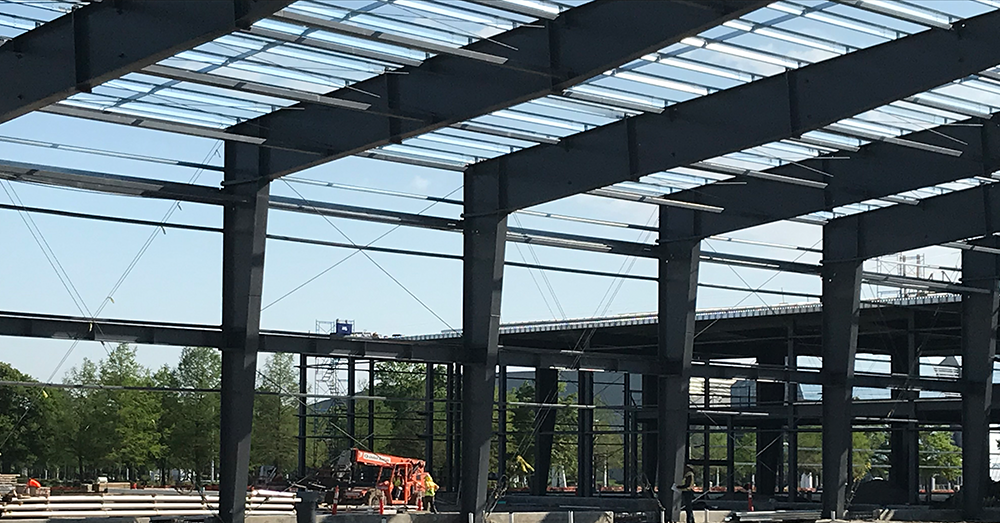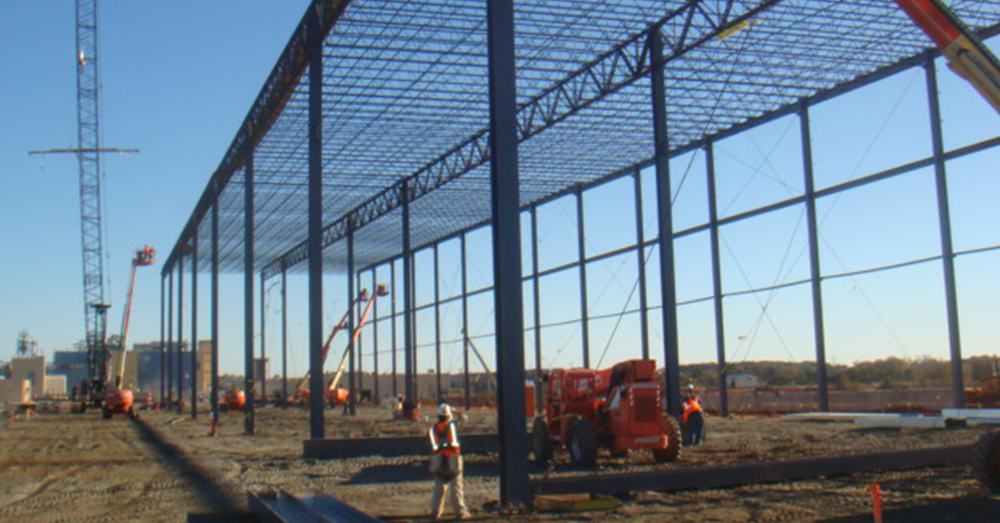The Occupational Safety and Health Administration (OSHA) investigated 96 structural collapses during construction involving fatalities and injuries from 1990 to 2008.These incidents took the lives of 117 construction employees and caused injuries to another 235. The incidents occurred in a wide range of structures – steel, concrete and timber, high-rises and low-rises.

Of the 96 incidents, 60 of these were steel structures. The root cause of the collapses was 80% construction/temporary bracing issues and the remaining 20% were related to structural design flaws. The primary cause of steel building collapses is not environmental loads like snow and wind, but issues related to temporary construction bracing during steel erection. The purpose of this bracing is to provide interim stability and stiffness until all structural elements of the building are assembled. For example, the wind load on a skeleton of bare frames can actually be greater than a fully sheeted building. OSHA and the AISC “Code of Standard Practice” requires the erector to have a written safety plan, including project specific erection plans.
BlueScope Construction has a Best Known Practice (BKP) Temporary Bracing which provides guidelines for our temporary bracing policies. The BKP list the process and the minimum requirements for the temporary bracing plan. No structural steel can be erected without a temporary bracing plan developed and signed off by a one-up manager. The Project Manager and Lead Superintendant have the responsibility to ensure this occurs on every project that BSC is responsible for erection, including subcontractor erectors.
An approved Temporary Bracing Plan not only lets our field people go home safe at the end of the day, but allows for better on site coordination and risk management. Following the process places us all one step closer to zero harm.
